Sometimes there just isn’t any room to grow an in-ground garden. You might be living in an apartment, or renting where you can’t build a garden. But you can have a garden if you have space to put on some pots in a sunny area.
Container gardening is like using raised beds – they’re just very small raised beds. You can grow just about anything in a pot, but there are a few things to consider.
Container gardening pots
Make sure your pots are deep enough for what you’re growing in them. You can grow root crops in pots, but they must be deep enough, especially for carrots.
Ensure that your containers have drainage holes of some sort. Very few plants enjoy their roots being waterlogged, so if you’re not using conventional pots, make sure to punch a few holes in the bottom of your container.
A planting container can be just about anything. Slap together some planters using pallet wood (untreated, of course); or repurpose any variety of things – we just built a large planter for the shop roof using logs and old metal roofing.
You can often find free plant pots, depending on where you live. If there is a free store or share shed in your area, that’s often an excellent place to look. And sometimes people just put them out at the end of their driveways, free to whoever needs them.
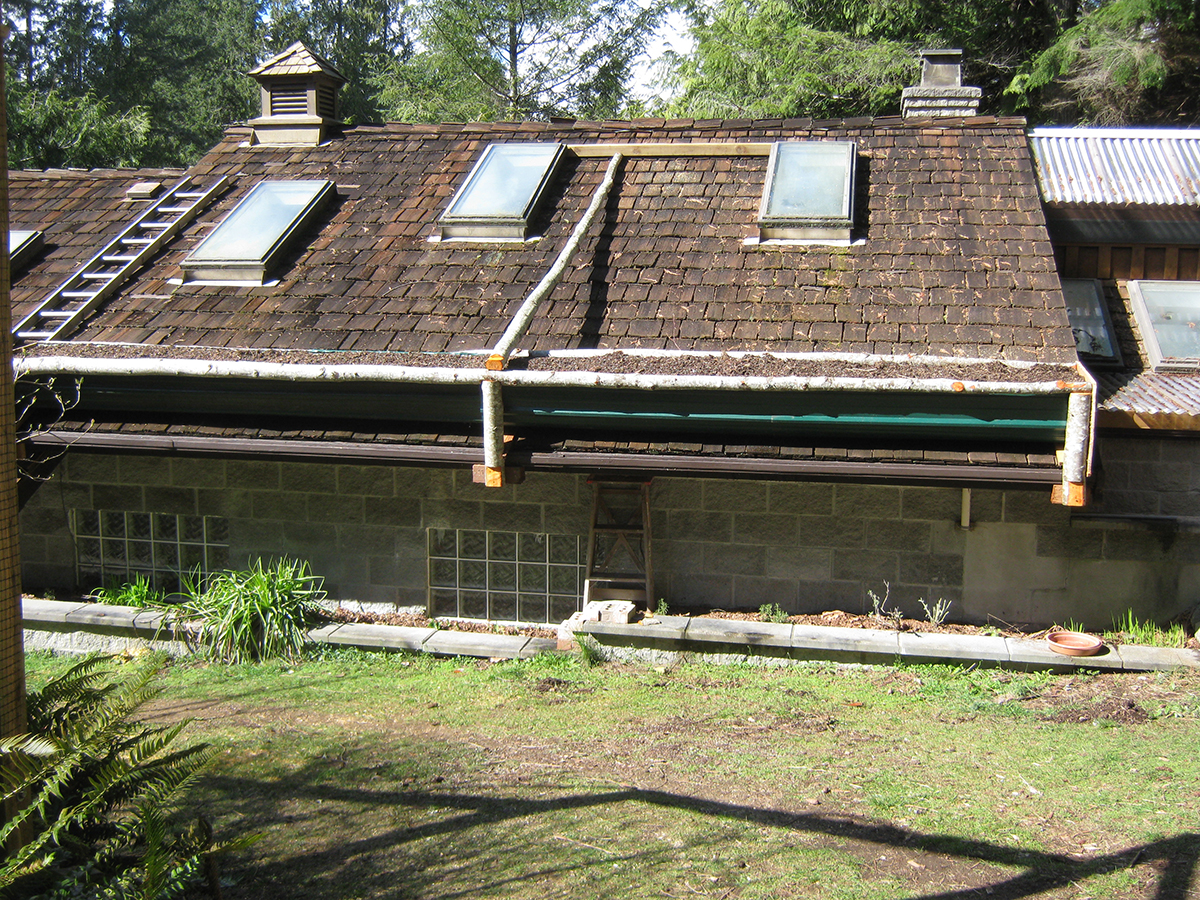
Container gardening ideas
If you live in an apartment, or only have a balcony or patio to use, that is still enough room to grow some of your own food. You just need to make use of all of the space.
You can grow tomatoes in hanging baskets. Pick smaller (determinate) cherry varieties so they don’t hang down too far. Or you can grow vining (indeterminate) varieties in a large pot, and give it something to climb – just a long pole, or some twine tied to the ceiling, will work.
Peas and beans are another great way to utilize vertical space on your balcony. Make sure to get the vining varieties, and give them something to climb.
If your balcony or patio is mostly shady but still gets some sun, you can still grow some veggies. There are plenty of leafy greens that prefer a cool growing climate. Kale, lettuce, spinach, and mustard greens will probably grow just fine.
Be sure to grow lots of herbs in your container garden. Herbs will do well in containers, so try all the ones you like to eat. And they can generally be grown in smaller containers, so you can save the big ones for the bigger veggies.
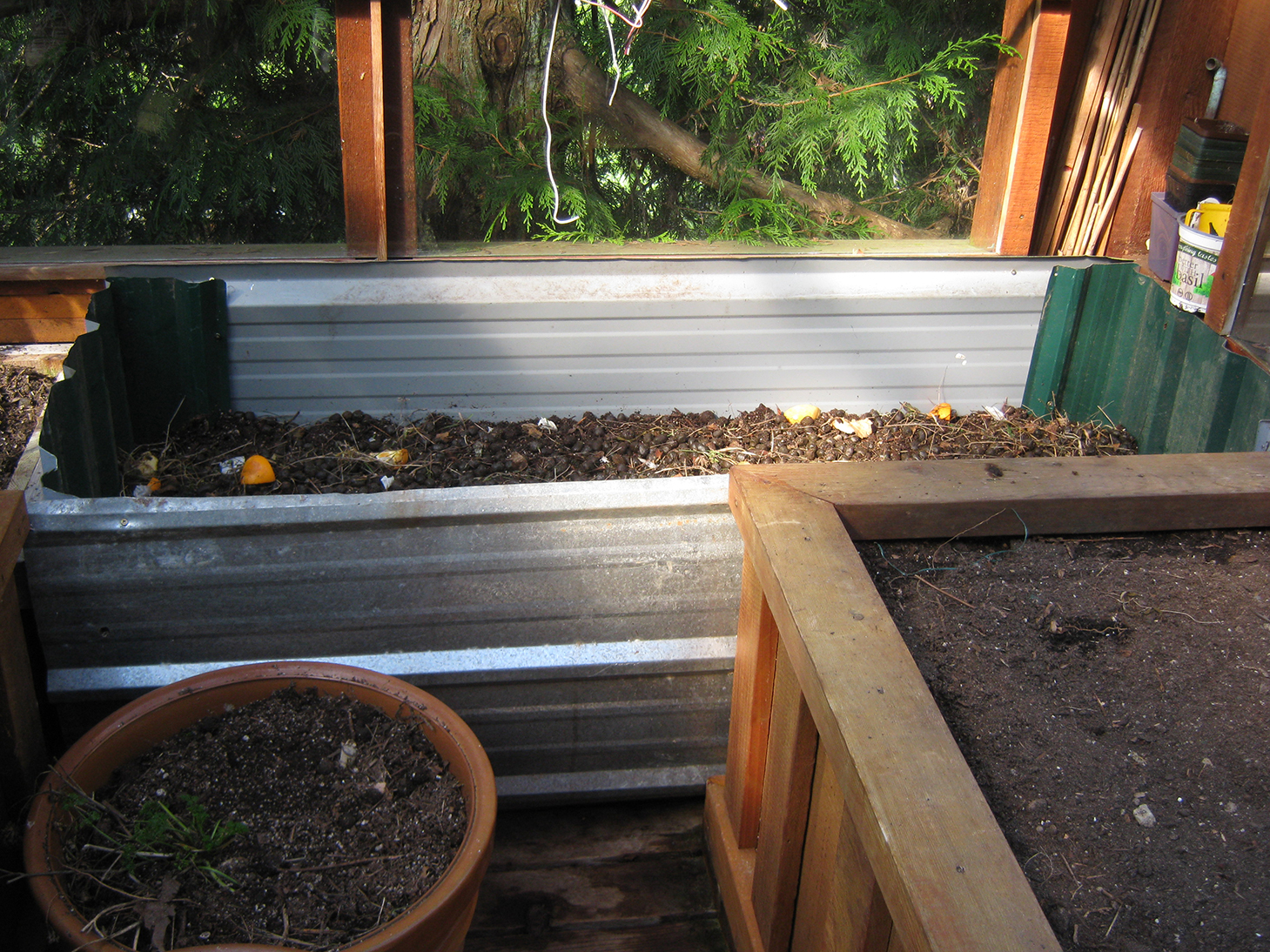
Container garden designs
When setting up your container garden, be sure to take full advantage of the sun. If you need to, use something to raise the pots up to get more sun.
Be sure to put the tallest things in the back, and shortest things in the front. Although, there are a few exceptions to that rule: you can use the shade of taller plants and pots to keep cool-loving plants happy, such as cilantro, lettuce, and spinach.
Tall plants such as vining tomatoes, peas and beans can be used as privacy screens to provide a shady place for the gardener to sit.
You can grow just about anything in your container garden, as long as your pot is big enough. It’s always worth a try, so do some experimenting.
Container gardening supplies
You really don’t need too many supplies to set up your container garden – some containers, some soil and compost, and maybe some seed starting equipment such as trays, plug trays, or these super cool and inexpensive expanding seed starter soil pods. And of course seeds.
If you’re looking for great, inexpensive seeds that are organic and non-GMO, Seeds Now! has super great prices. Check out their individual seed packets, as well as their package deals.
=> Seeds Now is experiencing difficulty keeping up with orders. You are best to find your seeds somewhere else for the time being. <=
Oh! And here are some different types of containers that will work well in your vegetable container garden – grow bags. I’ve used grow bags before, and I really like them. I haven’t tried this brand yet, but I’ve been told they are a great product. I’ll do a review of them when I can get some.
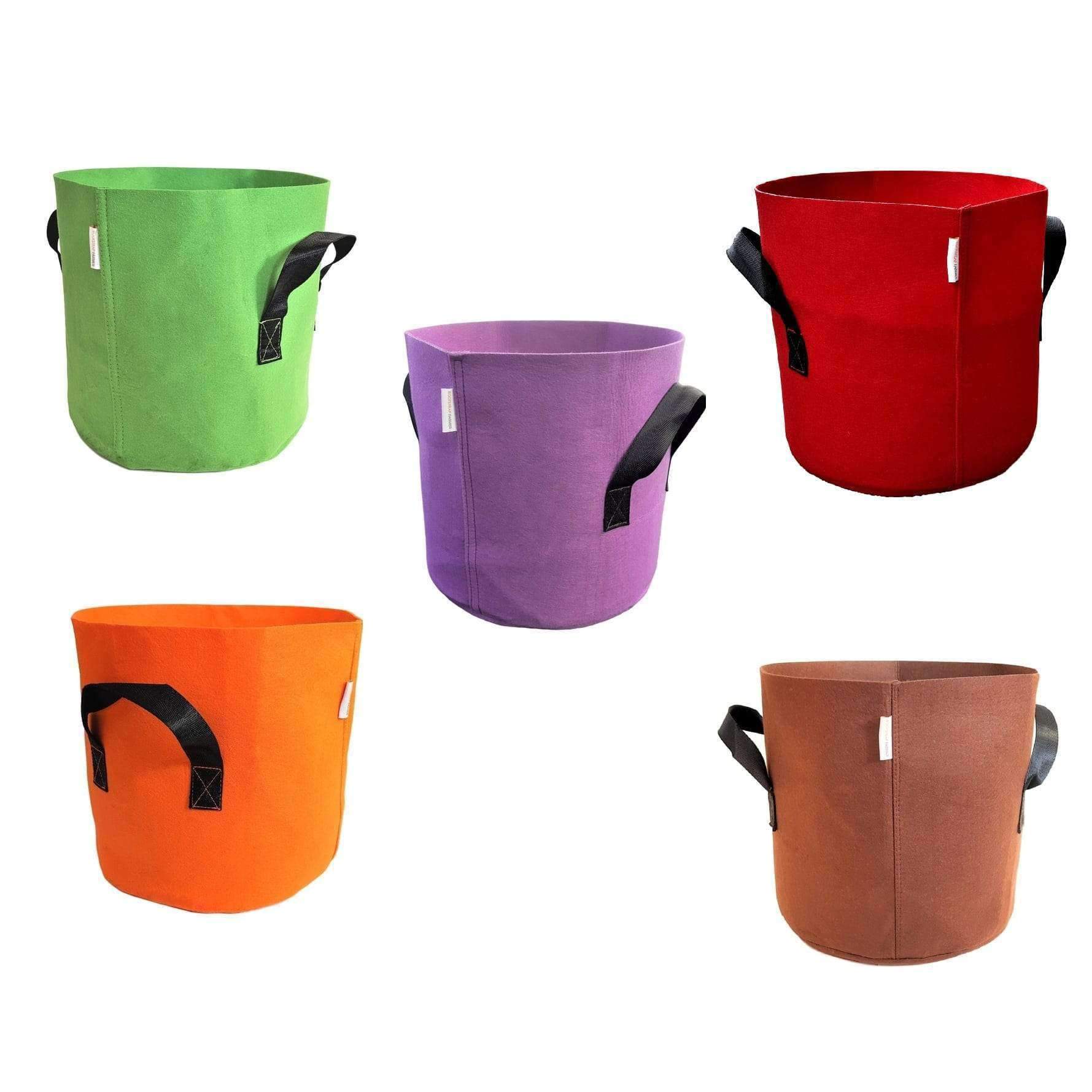
I think they would look fantastic in a container garden. You can get them in a variety of colors. And you can get really large grow bags as well.
The only other tools you might need are a hose or watering can, and maybe a hand trowel to work the soil.
Getting your container garden growing
When starting your vegetable seeds, some can be started right in the pots, and don’t need to be transplanted. But some are better started in a warm place. Tomatoes and peppers, for instance, need heat to get a good start.
I suggest putting your pots where you want them before you fill them up. They’ll get pretty heavy. Play with the arrangement a bit, and get them the way you want them, then fill them up.
Put a few stones in the bottom of the pots to facilitate drainage. Then you can put in your soil and compost. It will settle a bit, so you might need to top them up after watering.
You can also put some old rotted logs in the bottom of the pots. This is like hugelkultur, on a very small scale. If you soak the wood well, and then fill the pots, it will help to keep your pots hydrated. The one draw back of container gardening is that pots can dry out quite quickly. But the wet wood will help.
Now you can plant your seeds. Everything can be directly seeded, except tomatoes and peppers, and possibly zucchini and cucumbers, depending on where you live.
Treat your container garden like any other garden. Plant the seeds using the timing suggested on the package, according to your USDA zone. I’m in zone 8, so I get to plant pretty early. But if you still have a way to go, just use this time to plan and dream.
Growing vegetables in containers enables you to take special care of sensitive plants. It’s easy to cover a couple of tomato or pepper plants with a cloche if they are in pots – or you could even bring them inside if the temperature drops unexpectedly.
As I said, treat your container garden like a regular garden. That includes using the techniques I talk about in this post to extend your harvest, and get the most out of your garden.
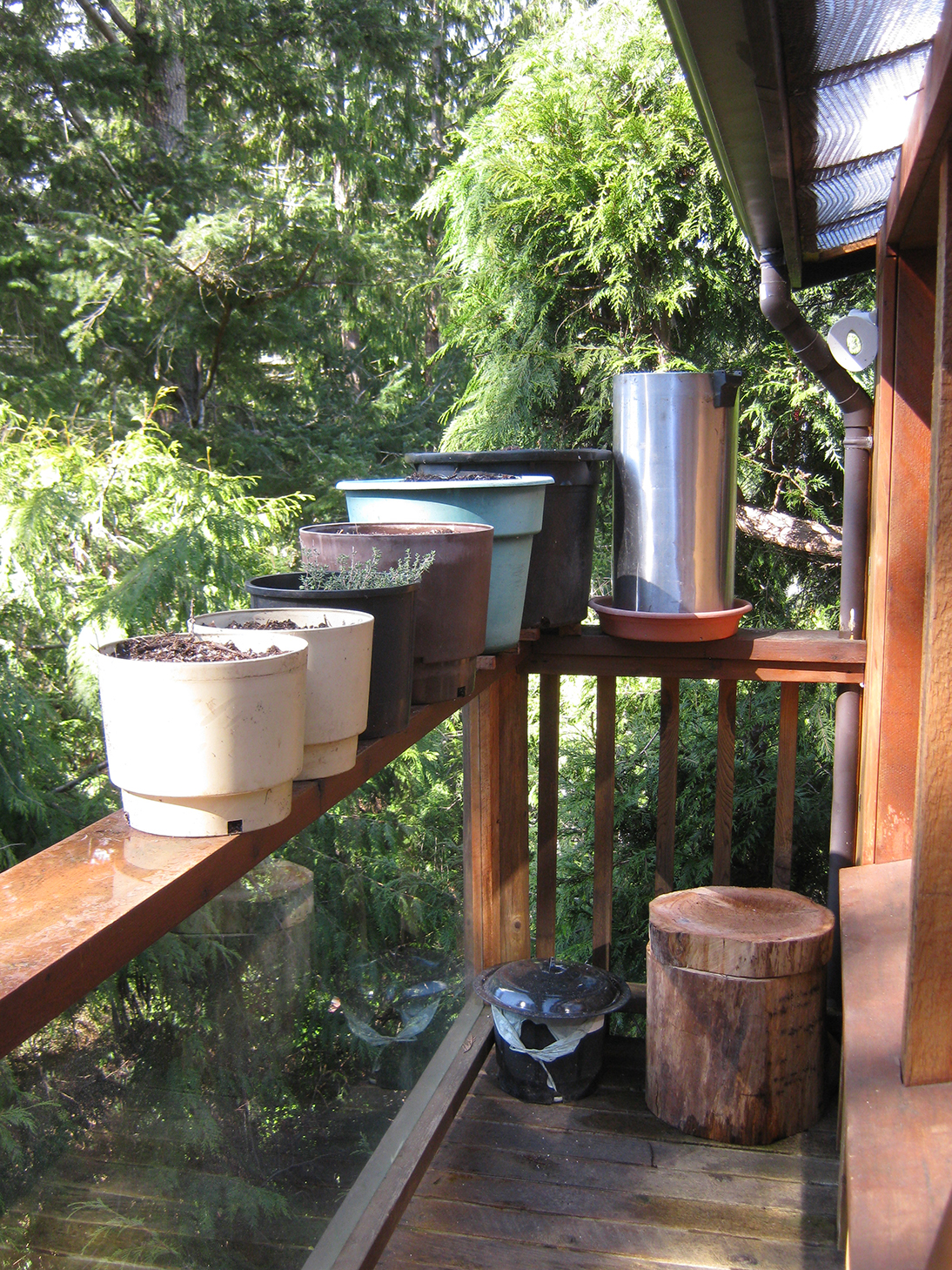
And now you have a garden!
Your container garden has the potential to provide you with plenty of food all summer long. Keep on top of the harvests, do succession planting, and take advantage of every sunny place on your property you can place a container.
I will keep you updated on how my container garden progresses. In the mean time, I wish you happy gardening (or dreaming, if you still have snow on the ground), and please feel free to ask any questions you might have. I am determined to get as many people gardening this summer as possible!
I hope these vegetable container gardening ideas were helpful, and have inspired you to give it a try. Growing food is vital in these times, and I see it as a positive reaction to a difficult situation.
Health, Hope & Happiness
Tracy
This article may contain affiliate links. If you click on a link and make a purchase, I will receive a small commission, at no extra cost to you. See the full Affiliate Disclosure here.

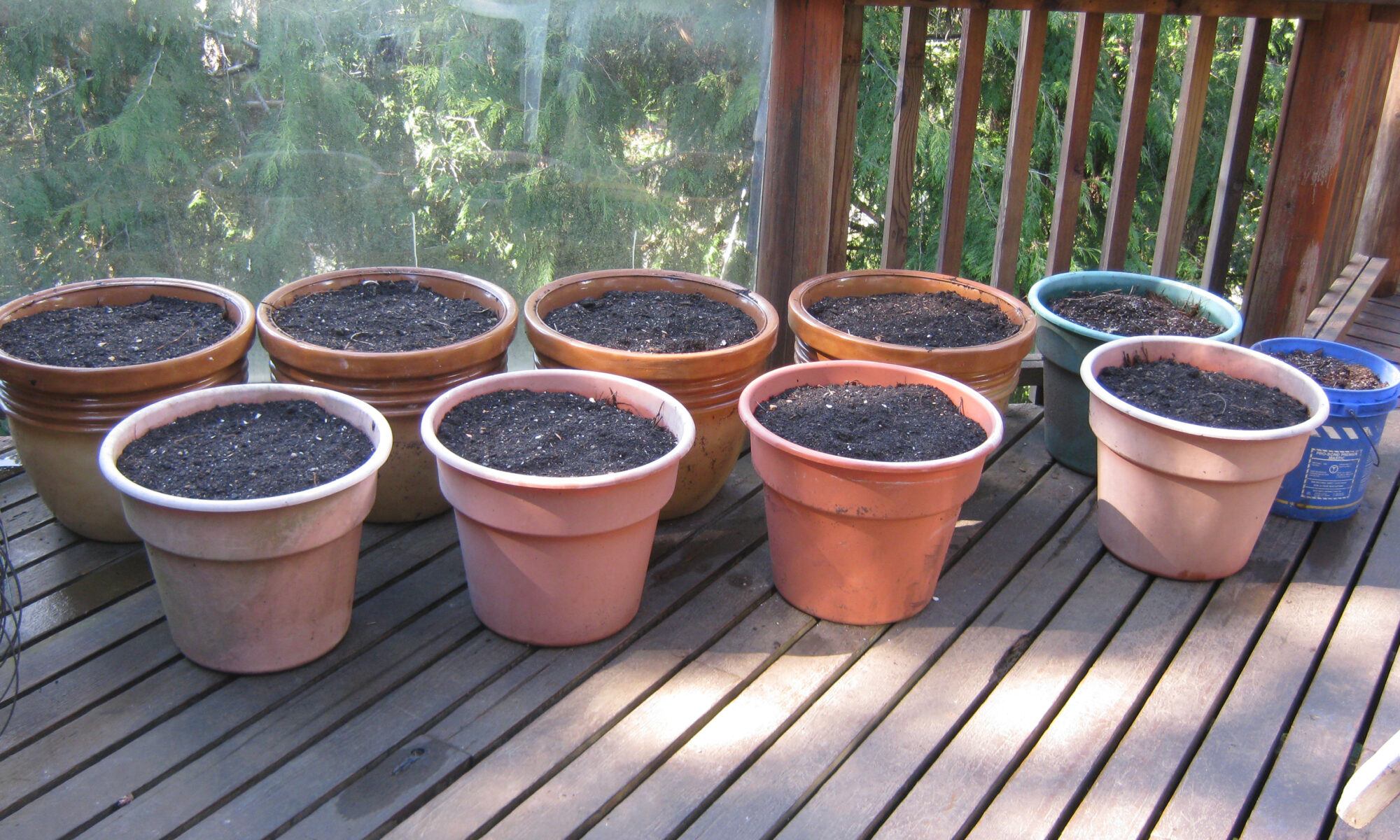
This is a great resource for container gardening. I kept gardens for many years on decks and porches when I was living in apartments.
Gardening is a great hobby. If you don’t have the yard to have a traditional one container gardening is still a fun way to grow a few herbs and vegetables.
Thanks for stopping by, Lee. Yes, container gardening is a great way for people in apartments to enjoy fresh vegetables. I’m glad you enjoyed the article.